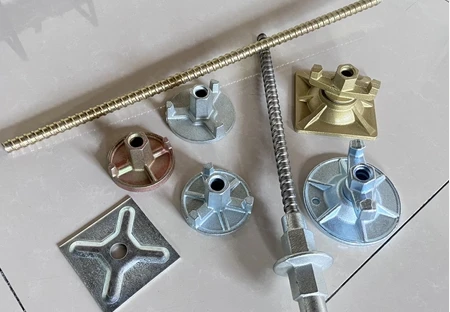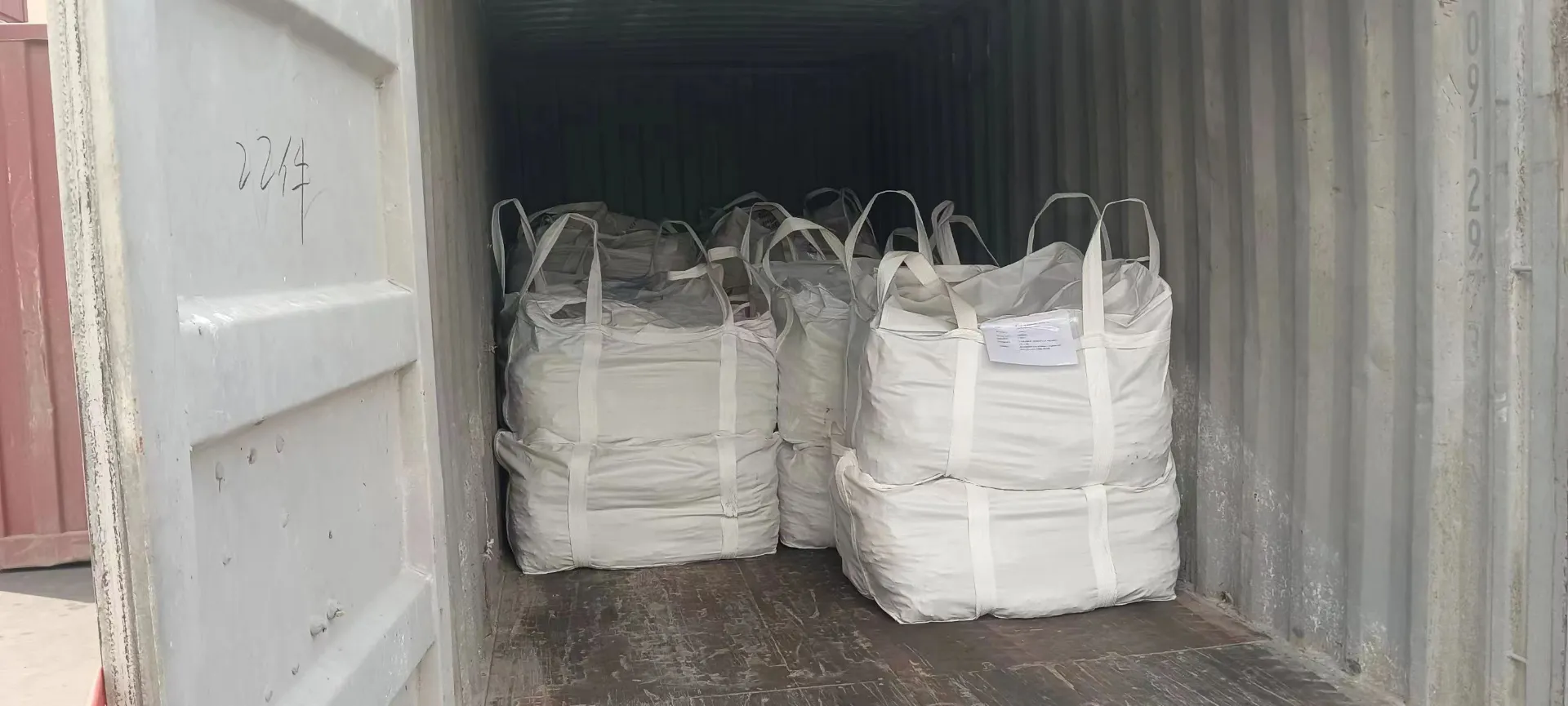- Phone: +86 132 8320 1810
- Email: annie@wrkgroup.ltd
-
- Afrikaans
- Albanian
- Amharic
- Arabic
- Armenian
- Azerbaijani
- Basque
- Belarusian
- Bengali
- Bosnian
- Bulgarian
- Catalan
- Cebuano
- China
- China (Taiwan)
- Corsican
- Croatian
- Czech
- Danish
- Dutch
- English
- Esperanto
- Estonian
- Finnish
- French
- Frisian
- Galician
- Georgian
- German
- Greek
- Gujarati
- Haitian Creole
- hausa
- hawaiian
- Hebrew
- Hindi
- Miao
- Indonesian
- Italian
- Japanese
- Javanese
- Malay
- Persian
- Portuguese
- Punjabi
- Russian
- Spanish
- Swahili
- Telugu
- Vietnamese
2 月 . 01, 2025 02:10 Back To List
parts of metal scaffolding
Metal scaffolding is an indispensable asset in construction, offering a stable platform for workers, tools, and materials at various heights. As an industry-standard structure, scaffolding consists of various metal components, each playing a critical role in ensuring safety, durability, and versatility. Understanding these parts not only aids in selecting the appropriate scaffolding for specific projects but also enhances the efficiency and safety of construction operations.
Guardrails and toe boards are safety measures incorporated to prevent falls and accidental dropping of tools or debris. Guardrails are installed along the outer edge of the working platforms, typically at heights that meet safety regulations, which vary depending on the governing body. Toe boards add another layer of protection by running along the base of these platforms and guardrails, stopping loose items from slipping over the edge. Couplers, the vital linking components of scaffolding, come in several forms, including right angle, putlog, and swivel couplers, each designed for specific junction points in the scaffold. Right angle couplers are used for connecting horizontal ledgers to vertical standards, while putlog couplers attach the putlog scaffold framework to the walls or other surface structures. Swivel couplers allow for connections between tubes at various angles, offering flexibility in non-standard configurations. End caps are often fitted onto the open ends of metal scaffolding tubes to prevent water ingress and corrosion while enhancing structural strength. Though small and sometimes overlooked, these components add an additional layer of durability, extending the usable life of the metal scaffolding. Safety, efficiency, and compliance depend heavily on the correct assembly and maintenance of each scaffolding component. Rigorous inspections should be conducted regularly to ensure all parts are functioning correctly and show no signs of wear or damage. Employing qualified professionals for scaffold assembly and maintenance further solidifies this safety net. Understanding the individual parts of metal scaffolding and their respective roles equips project managers and construction professionals with the knowledge necessary to execute tasks safely and efficiently. Such expertise not only mitigates risks but also maximizes productivity by ensuring that the scaffolding system supports the dynamic demands of construction work. With an emphasis on safety, reliability, and adaptability, the proper use and appreciation of each metal scaffolding component is foundational to successful construction project outcomes.


Guardrails and toe boards are safety measures incorporated to prevent falls and accidental dropping of tools or debris. Guardrails are installed along the outer edge of the working platforms, typically at heights that meet safety regulations, which vary depending on the governing body. Toe boards add another layer of protection by running along the base of these platforms and guardrails, stopping loose items from slipping over the edge. Couplers, the vital linking components of scaffolding, come in several forms, including right angle, putlog, and swivel couplers, each designed for specific junction points in the scaffold. Right angle couplers are used for connecting horizontal ledgers to vertical standards, while putlog couplers attach the putlog scaffold framework to the walls or other surface structures. Swivel couplers allow for connections between tubes at various angles, offering flexibility in non-standard configurations. End caps are often fitted onto the open ends of metal scaffolding tubes to prevent water ingress and corrosion while enhancing structural strength. Though small and sometimes overlooked, these components add an additional layer of durability, extending the usable life of the metal scaffolding. Safety, efficiency, and compliance depend heavily on the correct assembly and maintenance of each scaffolding component. Rigorous inspections should be conducted regularly to ensure all parts are functioning correctly and show no signs of wear or damage. Employing qualified professionals for scaffold assembly and maintenance further solidifies this safety net. Understanding the individual parts of metal scaffolding and their respective roles equips project managers and construction professionals with the knowledge necessary to execute tasks safely and efficiently. Such expertise not only mitigates risks but also maximizes productivity by ensuring that the scaffolding system supports the dynamic demands of construction work. With an emphasis on safety, reliability, and adaptability, the proper use and appreciation of each metal scaffolding component is foundational to successful construction project outcomes.
Latest News
-
AI-Optimized Building Shuttering SolutionsNewsAug.04,2025
-
Premium Roofing Materials - AI-Optimized by GPT-4 TurboNewsAug.03,2025
-
Formwork for In Situ Concrete | AI-Optimized SolutionsNewsAug.02,2025
-
Premium Screw Jacks Scaffolding Systems - Efficient Height ControlNewsAug.01,2025
-
Durable Concrete Form Ties Enhanced with AI | Buy OnlineNewsJul.31,2025
-
High-Quality Roofing Materials for Durable Building SolutionsNewsJul.30,2025
Products categories











